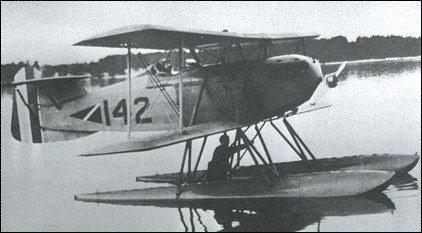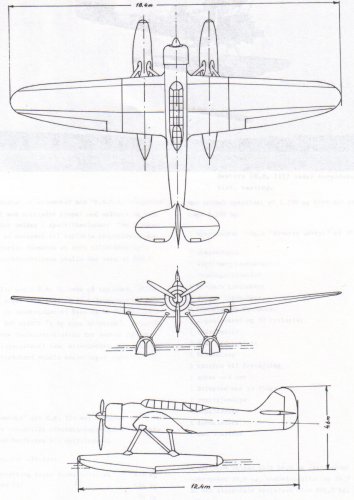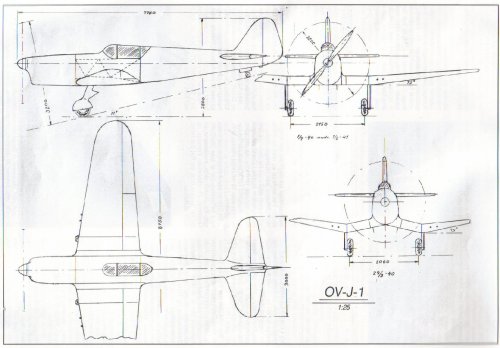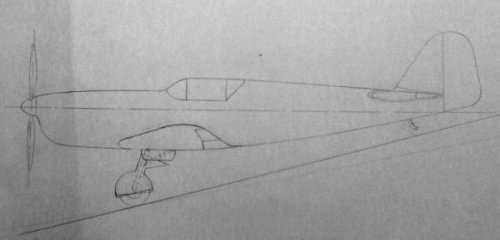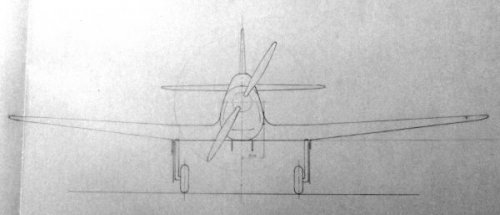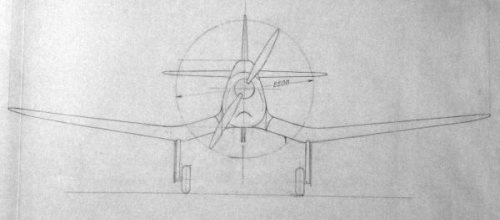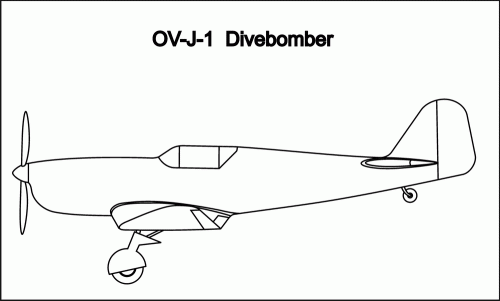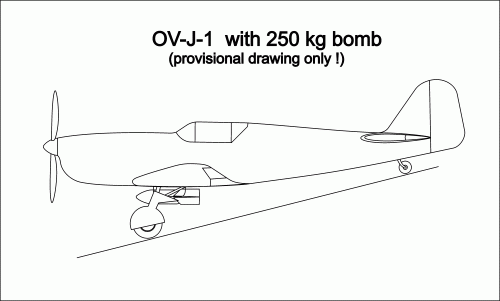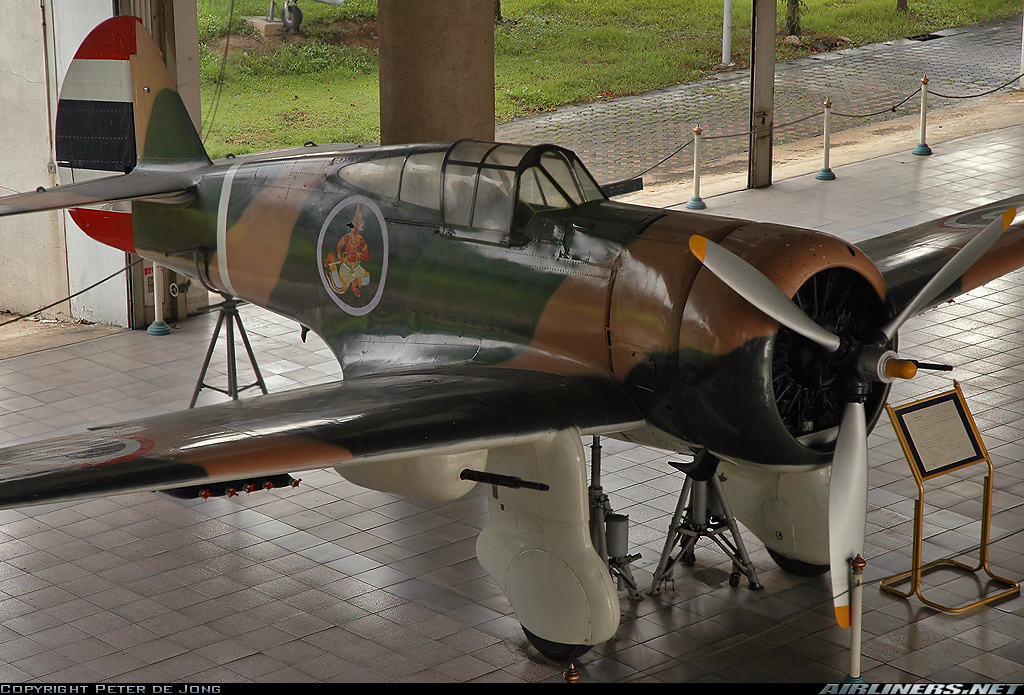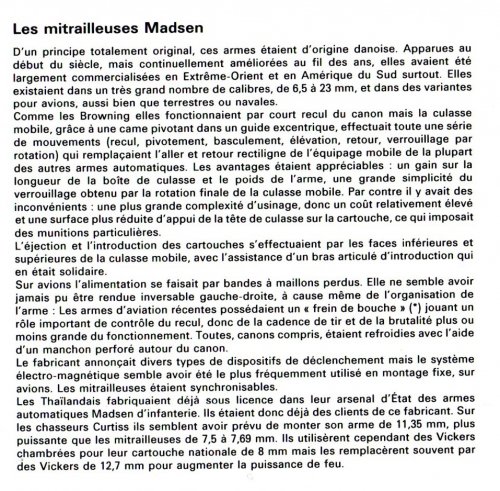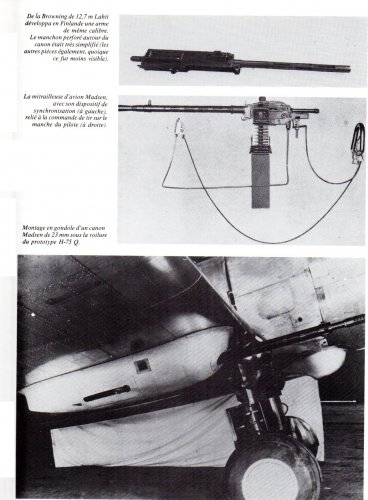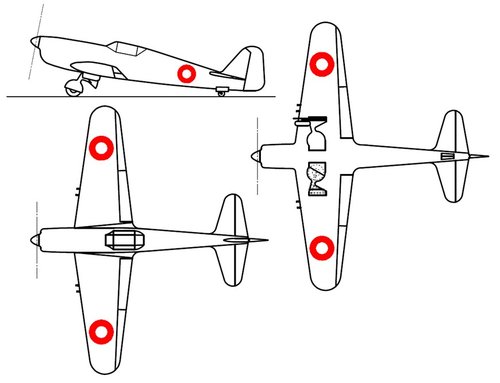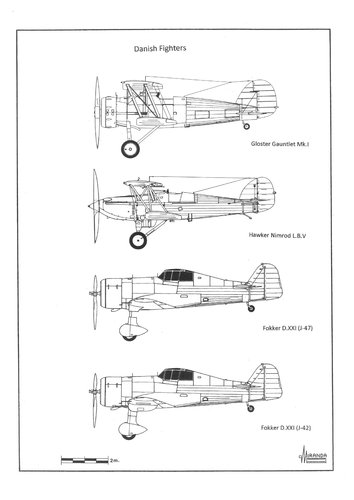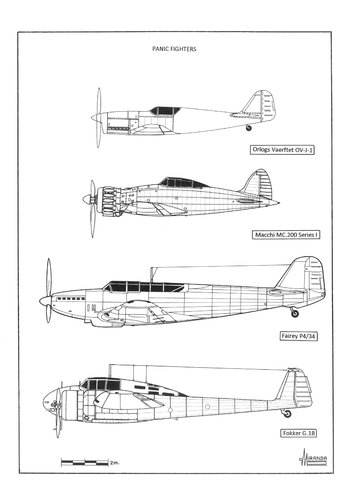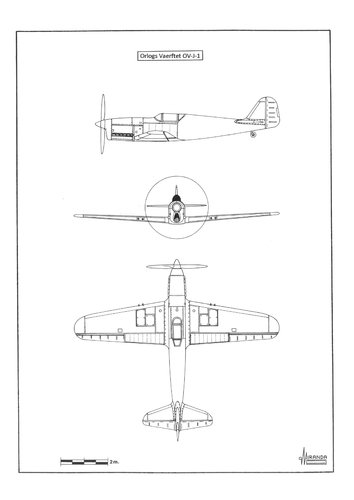From
Enemy at the Gates
Panic Fighters of the Second World War
Denmark (9 April 1940)
After the declaration of war carried out by France and Britain on 3 September 1939, the Germans were forced to invade Norway to secure the iron ore shipping from Narvik.
The plan
Operation Weserübung Süd, included the capture on 9 April of the Danish Aalborg airfield in northern Jutland, for refuelling the Messerschmitt Bf 110 fighters. At that time the Danish Naval Flying Service did not have a single modern aircraft to its disposition and had only nine Hawker Nimrod L.B.V. biplane fighters at the Avnø Naval Air Station.
On the invasion day the entire four squadron-strong of the Danish Army Air Service consisted of 45 aircraft based in Copenhagen-Værløse airfield: thirteen Gloster Gauntlet II J biplane fighters, eight Fokker D.XXI monoplane fighters, twenty-two Fokker CV reconnaissance/light bomber biplanes, one de Havilland Dragonfly transport and one Cierva C.30 autogyro.
The main action took place in Aalborg with launch of paratroopers from Junkers Ju 52/3m aircraft, but large formations of Heinkel He 111 from Kampgeschwader 4, escorted by Messerschmitt Bf 110 C-1, also flew over the capital, dropping leaflets to secure the quick surrender of the Danish authorities. After the air show, entirely psychological, the Bf 110 of the ZG.1 and ZG.76 carried out a mission of strafing over Værløse destroying three D.XXI and one Gauntlet and damaging three D.XXI and several Gauntlets.
The
Oberkommando der Luftwaffe (OKL) had overestimated the danger of the D.XXI because of the publicity given to the experimental installation of two 23 mm Madsen cannons on the J-42 plane in May 1939. The Madsen 23x106 had a rate of fire superior to the 20 mm Ikaria MG-FF cannon used by the Bf 110 and to the Hispano-Suiza H.S. 404 cannon used by the Morane MS 406, but its powerful recoil was considered excessive to install it on the wings of a single engine fighter.
The Danish D.XXI were armed with just two 7.9 mm Madsen machine guns that fired, synchronized with the propeller, through blast tubes located between the lower cylinders of the engine, in four and eight o'clock positions. At the outbreak of war, the Danish armed forces were partly mobilised and their aircraft received camouflage painting.
The manufacture of a new series of Fokker D.XXI was considered and negotiations started with the Italian government for the acquisition of twelve Macchi M.C.200 fighters in April 1940. The construction under licence of twelve Fairey P4/34 and twelve Fokker G.1 heavy fighters in
Flyvertroppernes Vaerksteder-Klovermarken facilities started, but none entered service before the German invasion.
In anticipation of political circumstances prevented the import of the Italian fighters, the Naval Shipyard
Orlogs Vaerftet began working on the design of the OV-J-1
Marinejager. It was a single-seat light fighter powered by an inverted-Vee, air-cooled engine, of the type Walter
Sagitta or Isotta Fraschini
Delta. It would have been completely manufactured in metal, with retractable landing gear and four 7.92mm Madsen machine guns. There was also to be a fighter-bomber version, with inverted gull-wing and ventral bomb-rack.

